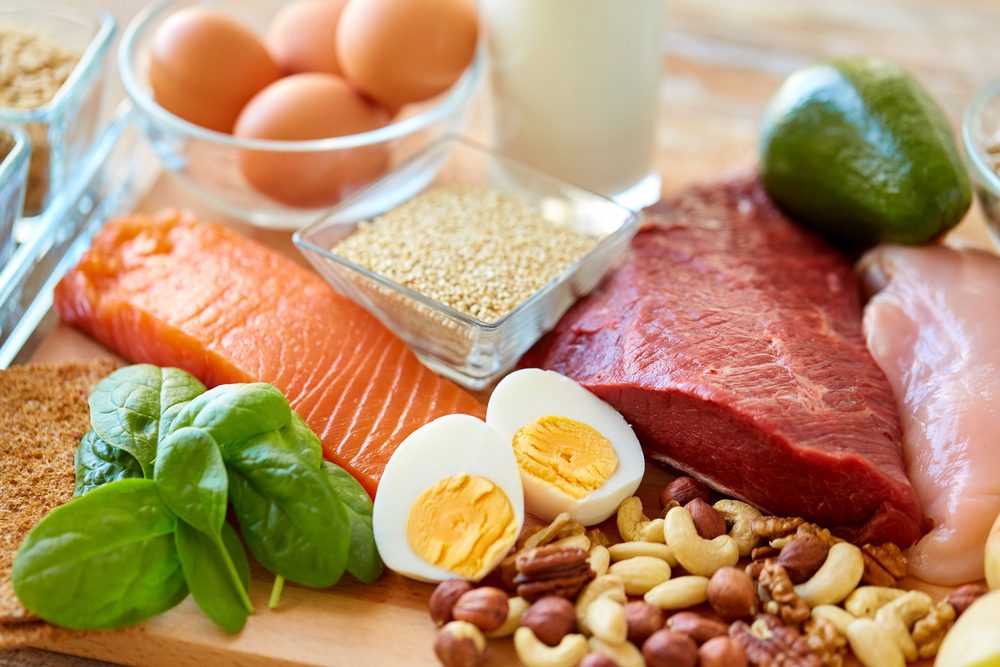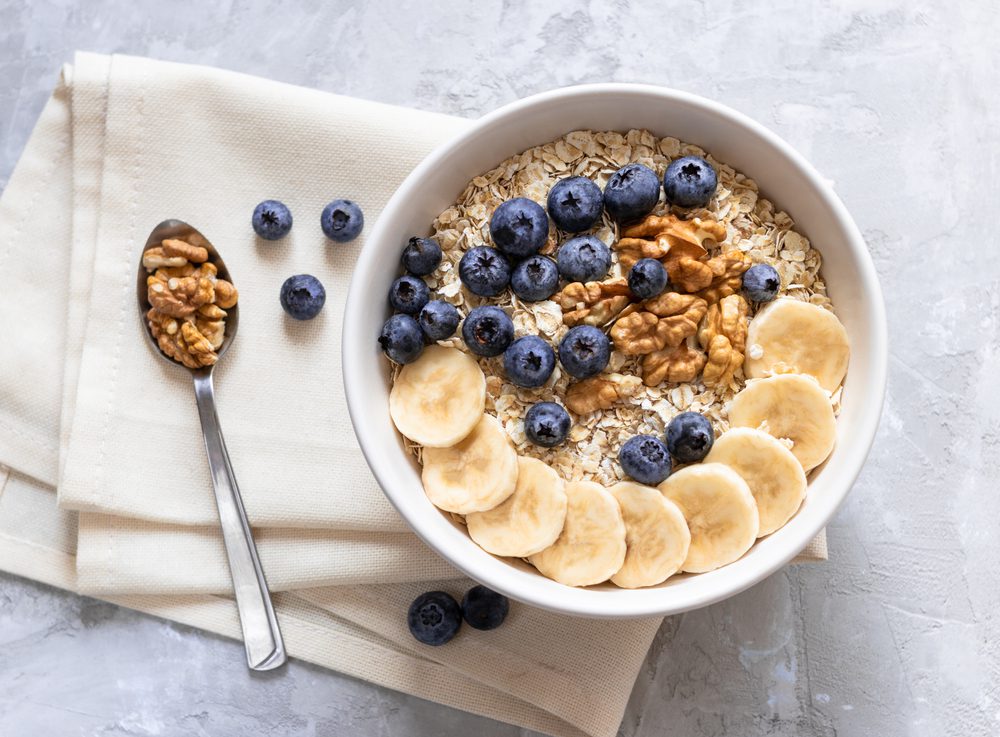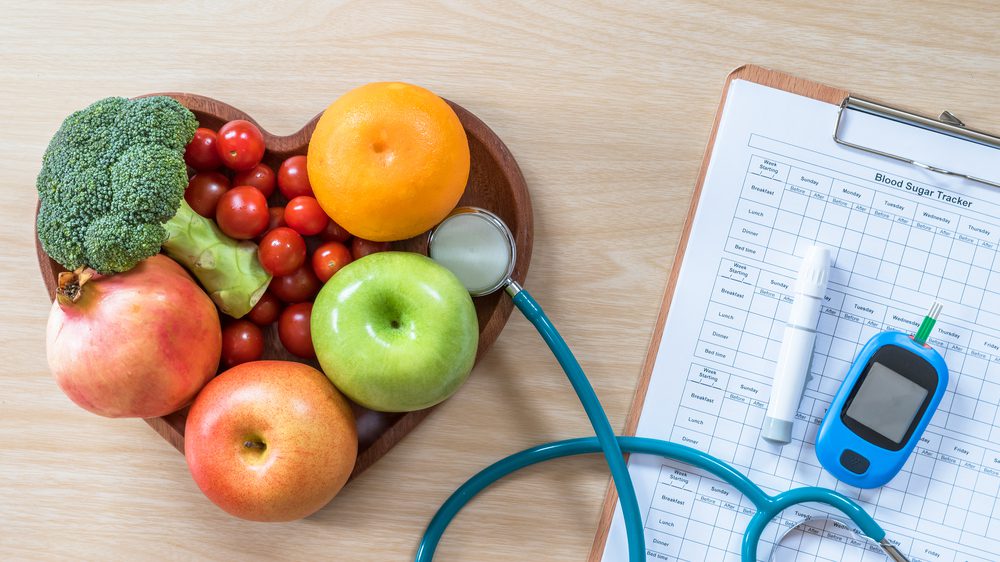Breakfast is one of the most often skipped meals – and one of the biggest mistakes one can make in their diet. Why?
Since you’re about to start the day, your body needs a healthy dose of nutrients that provide it with energy until the next meal. Skipping breakfast may also increase the risk of developing digestive issues such as irregular bowel movements and cramps, while also increasing the likelihood of giving in to unhealthy cravings.
For people with diabetes, enjoying a healthy breakfast is even more important.
Melissa Joy Dobbins, a spokesperson for the Association of Diabetes Care & Education Specialists, explains that those diagnosed with diabetes can have many fluctuations in blood sugar levels throughout the day. Most of these fluctuations are caused by what and when they eat – and skipping breakfast can lower blood sugar levels significantly.
If you’ve been reading my content for a while, you probably know that I don’t recommend setting strict rules for your diet. However, if you’re suffering from type 1 or type 2 diabetes, it’s important to follow some guidelines to stay healthy and happy.
Here are 9 of the most important recommendations nutritionists make for diabetes patients:

1. Add extra protein
A 2015 study published in The Journal of Nutrition proved that eating a breakfast high in protein helps people with type 2 diabetes prevent post-meal spikes in blood sugar levels.
Melinda Maryniuk, registered dietitian nutritionist in Boston, also notes that most foods that are high in protein offer plenty of healthy fats. Consuming fat can regulate blood sugar levels and provides satiety that helps to prevent hunger by 11 a.m.
Ideally, you should consume at least 5 grams of protein at breakfast. Here are some simple ways to achieve this goal:
- One small egg
- Two-thirds cup of milk
- 5 tablespoons of peanut butter
Additionally, you can also boost your overnight oats with a sprinkle of nuts, toasted sunflower seeds, or chia seeds. It may not seem like much to you, but this type of seed can have a hugely beneficial impact on your digestion and blood sugar levels.
2. Avoid refined carbs
If you want to keep blood sugar levels steady, know that carbohydrates have a major influence. However, it’s the type of carbs you consume that determines whether you’ll get a positive or a negative impact.
Refined carbs, for example, are highly processed and often have chemicals added to them – all of which can bring a spike in blood sugar levels. The most common sources of refined carbs are white bread, flavored cereals, and baked goods such as doughnuts.
Instead, you can opt for whole foods that were minimally processed. Some of the best examples are whole grains and fresh fruits.
Another benefit of whole grains? It can reduce your risk of colorectal cancer by 17%; you can see more info on this topic in this post.

3. Eat oatmeal
Aside from being a very versatile ingredient, oatmeal is also one of the most diabetes-friendly choices you can make for breakfast. With 4 grams of fiber per cup, this nutrient-rich cereal can regulate your blood sugar levels if you have type 2 diabetes.
However, it’s best to double-check such products before purchasing them. Many manufacturers are adding refined sugar, preservatives, flavors, or other artificial sweeteners to make their oatmeal more appealing; eating such products can only increase your blood sugar levels.
As a much better alternative, you can cook some steel-cut oatmeal on a Sunday and divide it into multiple portions that assure you a healthy breakfast for the entire week. Before serving, reheat your serving in the microwave and top it with your favorite healthy ingredients.
Not into plain oatmeal? You can still enjoy its benefits by opting for our Delicious Oatmeal Smoothie recipe that’s both filling and tasty!
4. Opt for nonfat milk or yogurt
During a 2017 study published in the journal Nutrients, researchers looked at 170,000 adults of ages 40-69 and their eating habits. Specialists found that the more milk participants consumed, the more they reduced their risk for developing metabolic syndrome; this condition is a combination of multiple illnesses known for increasing your risk for diabetes and heart disease.
Our post on metabolic syndrome covers everything you need to know about this illness, which is surprisingly common among U.S. adults.
Now back to milk: why is it so effective? Well, to fortify milk, manufacturers use vitamin D; as a 2018 research published in Clinical Diabetes shows, this vitamin is an essential ally in insulin absorption.
If you’re not a huge fan of milk, you can opt for yogurt instead. Just make sure that you stick to the plain version as any flavored yogurt is filled with artificial sweeteners and unhealthy flavors.

5. Enjoy whole fruits instead of fruit juice
Fresh orange juice already seems like a classic part of the ideal breakfast, doesn’t it?
Healthy as it may seem, this beverage can do more harm than good – especially for patients diagnosed with diabetes.
Let’s put it this way: how many whole oranges could you eat at once? Probably less than five, which is about how many you need for a generous serving of fresh orange juice.
Although fruits provide you with fructose, which is a natural sweetener, it’s still sugar; like any other sugar, this one can also cause a spike in blood sugar levels. If you still can’t give up on your morning cup of fruit juice, you can reduce the portion by half and dilute it with water.
6. Enrich your diet with fiber
A study published in The Lancet found that eating a diet rich in fiber can reduce the risk of developing type 2 diabetes, coronary heart disease colorectal cancer, and stroke by up to 24%!
If you enjoy eating a bowl of cereal first thing in the morning, you can fortify it by adding half a cup of your favorite fresh fruit. Some of the best sources of fiber are blueberries, raspberries, and bananas.
Want to make your breakfast even healthier? Sprinkle 1-2 tablespoons of ground flaxseed on top of your mix. As a 2016 study published in Current Pharmaceutical Design proved, this type of seeds can reduce the incidence of type 1 diabetes and may even delay the onset of type 2 diabetes.
Don’t like cereal bowls? Our blueberry smoothie recipe is a morning bliss – and it takes literally a few minutes to make! If you can’t get enough fiber throughout your day, you can try including supplements in your diet, such as this one from Amazon!
7. Pick diabetes-friendly foods
Everybody loves those rich diner-style breakfasts when eating out – or at least I know I do. However, such choices usually give you a whopping 1,000 calories that come as unhealthy carbohydrates and fat. Simply said, such breakfasts are the perfect recipe for creating a huge spike in your blood sugar levels.
If you’re going to get breakfast at a restaurant, here’s Dr. Dobbins’ advice for you:
There are a variety of choices when dining out for breakfast, and some are healthier than others. For people with diabetes, eating a balanced meal—a combination of carbs, protein, and fat—can easily be accomplished. Choose something like a breakfast sandwich with lean meat on an English muffin, instead of a higher-fat biscuit, or a Greek yogurt parfait with fruit and nuts.
What’s your favorite breakfast meal? Share your top 3 options and we’ll get back to you with a secret tip to keep blood sugar levels within normal limits! If you’re looking for another article that’s going to give you all the tips and tricks you need for living a healthy, happy, and balanced life, check out this one: 11 Cheap and Fast Dinners to Help With Weight Loss!













